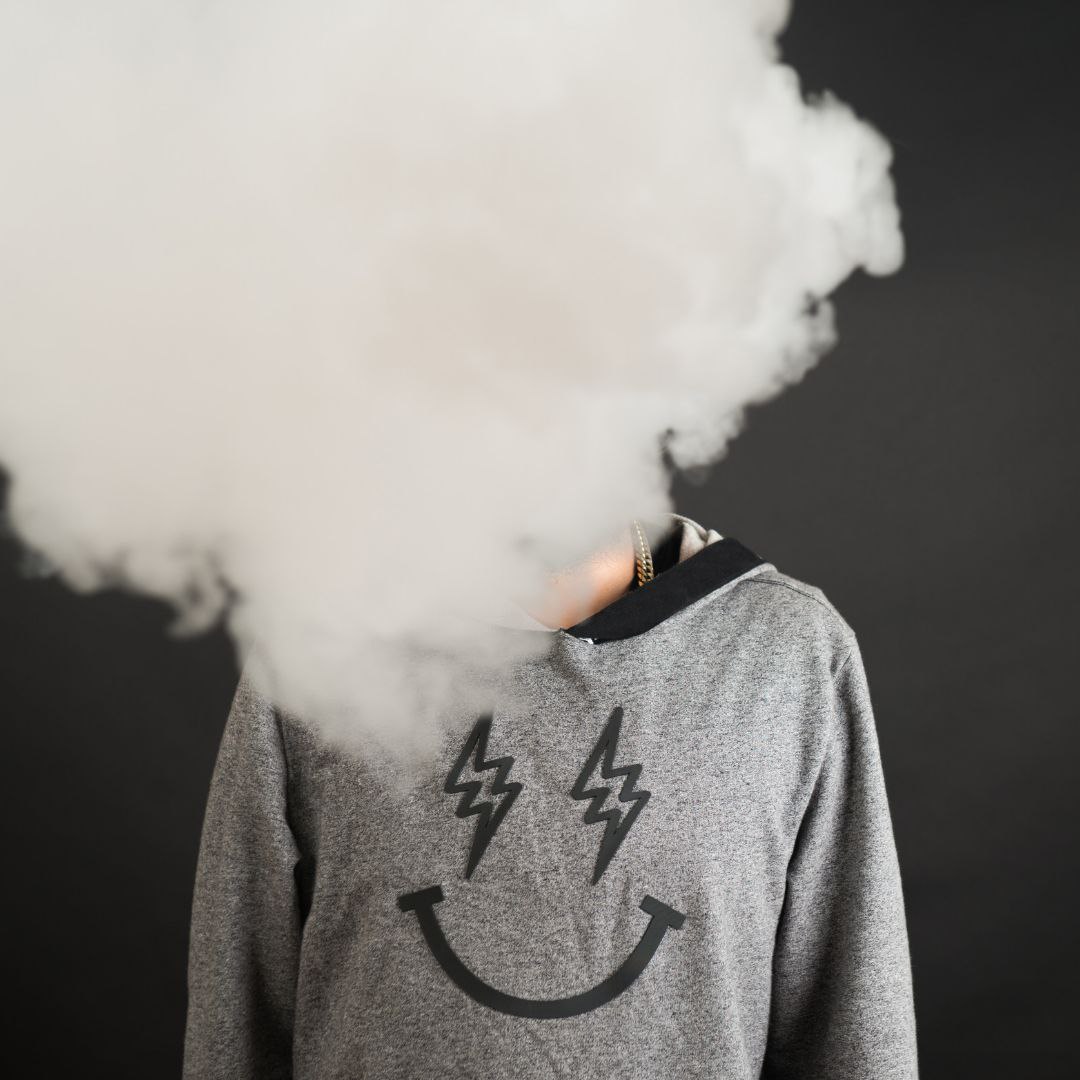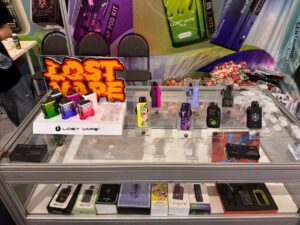The Rise of Vape Stores: A Comprehensive Analysis
Introduction
Vaping has rapidly evolved from a niche hobby to a mainstream activity over the past decade. Vape stores have proliferated in cities worldwide, providing enthusiasts with a diverse array of products and fostering vibrant communities. This article delves into the growth of vape stores, their impact on society, the products they offer, and the future of the vaping industry.
The Evolution of Vaping
Early Beginnings
Vaping’s roots can be traced back to ancient times, with early forms of vaporization used for medicinal purposes. However, the modern e-cigarette was invented by Hon Lik, a Chinese pharmacist, in 2003. His invention laid the foundation for the contemporary vaping industry.
Growth and Popularity
The vaping industry has seen exponential growth since the early 2010s. With increasing awareness of the harmful effects of traditional smoking, many people turned to vaping as a perceived safer alternative. This shift led to the emergence of numerous vape stores catering to the growing demand.
The Vape Store Experience
Product Range
E-Liquids
E-liquids are the heart of the vaping experience. Vape stores offer a wide variety of flavors, nicotine strengths, and VG/PG ratios to cater to diverse preferences. Popular flavors range from traditional tobacco and menthol to exotic fruits and desserts.
Devices and Hardware
From basic e-cigarettes to advanced mods and pod systems, vape stores stock an extensive array of devices. Each device type offers a unique vaping experience, catering to both beginners and seasoned vapers.
Customer Service and Community
Vape stores often provide more than just products. They are hubs for community interaction, offering advice, tutorials, and a space for vapers to share their experiences. Knowledgeable staff play a crucial role in educating customers about safe vaping practices.
Health Implications and Regulations
Health Perspectives
While vaping is considered less harmful than smoking, it is not without risks. Studies have shown that vaping can have adverse effects on respiratory health, though the long-term impacts are still being researched.
Regulatory Landscape
Regulations surrounding vaping vary significantly across regions. In the US, the FDA has implemented stringent rules on marketing and sales, especially targeting youth prevention. European countries have adopted the Tobacco Products Directive (TPD), which sets standards for product safety and quality.
The Business of Vape Stores
Market Trends
The vape industry is a dynamic market with continuous innovation. Trends such as nicotine salts, CBD-infused e-liquids, and disposable vapes are shaping consumer preferences and driving sales.
Challenges and Opportunities
Vape store owners face challenges like regulatory compliance, competition, and public perception. However, opportunities abound in the form of technological advancements, expanding product lines, and growing acceptance of vaping as a smoking cessation tool.
Future Outlook
Technological Advancements
The future of vaping technology looks promising with advancements in battery life, flavor delivery systems, and customizable features. Innovations like temperature control and Bluetooth connectivity are set to enhance the vaping experience.
Market Expansion
As more countries embrace vaping, the global market is poised for expansion. Emerging markets in Asia and Latin America present significant growth opportunities for vape stores and manufacturers.
Conclusion
Vape stores have become an integral part of the vaping ecosystem, offering a diverse range of products and fostering a sense of community among vapers. As the industry continues to evolve, these stores will play a crucial role in shaping the future of vaping.
For more information on vaping regulations, visit the FDA’s official website.











